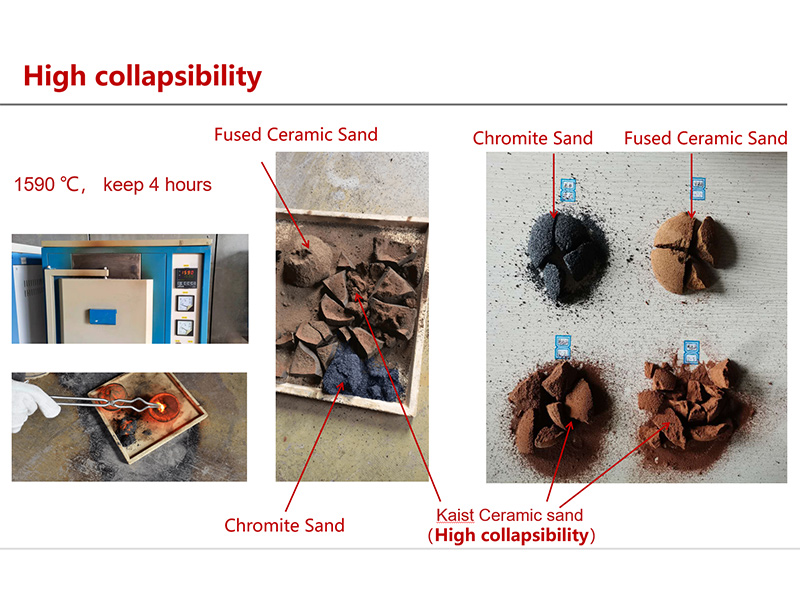An Overview of Foundry Sand Prices and Market Trends
Foundry sand is a critical component in the metal casting industry, providing a mold for shaping molten metal into various products. The demand and pricing for foundry sand can fluctuate based on various factors, including economic trends, supply chain dynamics, and technological advancements in the casting process. In this article, we will explore the current state of foundry sand prices, influencing factors, and future outlook.
Current Market Trends
As of late 2023, foundry sand prices have shown a noticeable uptick, largely driven by increased demand in the automotive and aerospace industries. With a booming economy and a resurgence in manufacturing activities following the challenges posed by the COVID-19 pandemic, foundry sand—a key material in casting—has seen a significant increase in usage. This uptick has resulted in higher prices, with average costs reported to be between $40 to $60 per ton, depending on the quality and source of the sand.
Factors Influencing Prices
Several factors contribute to the fluctuations in foundry sand prices. One primary influence is the raw material supply. Foundry sand primarily consists of silica, which often comes from economically viable deposits. Any disruption in mining operations, whether due to environmental regulations or natural events, can impact supply and, consequently, pricing. Additionally, transportation costs play a crucial role in pricing, especially as logistics challenges have emerged globally, further driving up costs.
The economic landscape is also a determining factor. With rising inflation, many industries have faced increased operational costs, which are often passed on to consumers. Therefore, foundry sand prices may be buoyed by overall cost increases in the manufacturing supply chain.
Technological Innovations
foundry sand price

Advancements in foundry technology have also affected sand prices. New methods to recycle used sand are impacting demand for new sand, creating an interesting dynamic in the market. Recycled foundry sand can significantly reduce costs for manufacturers, and as technology improves, more companies are adopting these sustainable practices, potentially stabilizing or even lowering prices over time.
Moreover, the shift towards more environmentally friendly manufacturing processes has prompted companies to invest in developing synthetic and alternative sands, which may alter the landscape of foundry sand pricing in the future. These alternatives might provide cost savings and reduce the dependency on traditional silica-based sands.
Global Economic Conditions
Global economic conditions further contribute to the volatility of foundry sand prices. Trade agreements, tariffs, and geopolitical events can affect the flow of materials across borders, leading to sharp price fluctuations. For example, increased tariffs on imported raw materials could push domestic foundry sand prices higher. Similarly, growth in emerging markets may increase the demand for foundry sand, putting upward pressure on prices due to heightened competition for resources.
Future Outlook
Looking ahead, the outlook for foundry sand prices is mixed. If current demand trends continue in the automotive and aerospace sectors, prices are likely to remain elevated. However, if recycling technologies and alternative materials gain a stronger foothold, there could be a dampening effect on prices in the longer term. The interplay of these factors will be crucial for industry stakeholders to monitor as they navigate the complexities of foundry sand procurement.
In conclusion, foundry sand prices are influenced by a myriad of factors ranging from supply chain issues to technological advancements and economic conditions. Understanding these dynamics is essential for manufacturers and stakeholders in the casting industry as they plan for future production needs and cost management. As the market evolves, staying informed will be key to making strategic decisions in a competitive landscape.
Post time:12월 . 12, 2024 13:06
Next:Essential Components of the Sand Casting Process Explained in Detail
